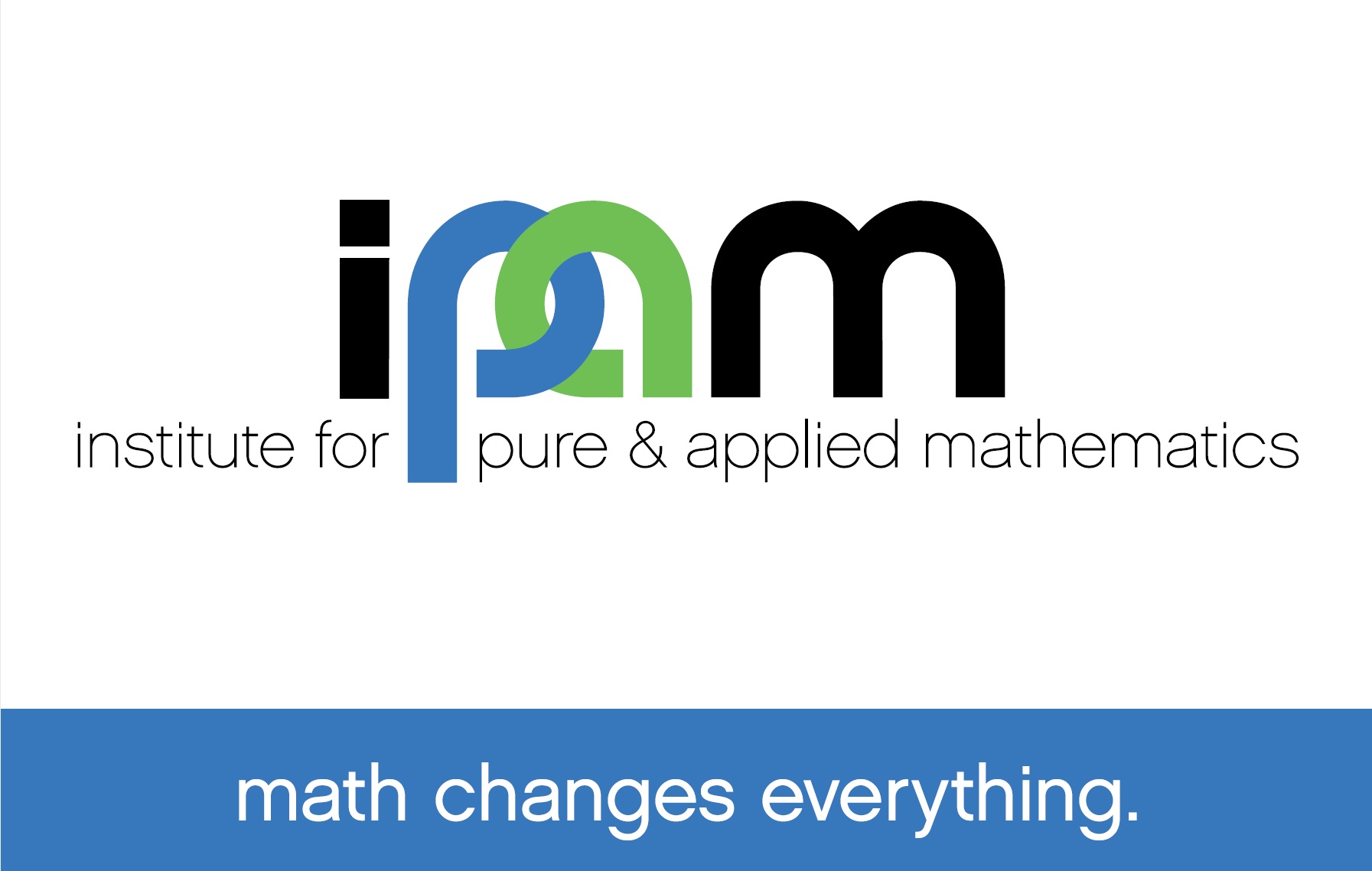Modeling compact mergers in the era of regular gravitational-wave observations
Presenter
January 28, 2019
Abstract
Frank Ohme - Max Planck Institute für Gravitationsphysik, Albert-Einstein-Institut
Soon gravitational-wave observatories will operate with a sensitivity that will give us multiple merger observations each month, maybe each day. Theoretical signal models are used to analyze these observations, and they face two major challenges: observations will occur not only more frequently, but also the chance of observing exceptionally high signal-to-noise ratio signals increases. Those loud signals carry valuable information about their sources that can only be accurately extracted if the theoretical models include all significant physical effects with sufficient accuracy. At the same time, increasingly complex models will have to be evaluated millions of times each day in the analyses of gravitational-wave data. I will review the methods and recent developments in the endeavor to build complex, accurate but also extremely efficient models for the use in gravitational-wave astronomy.
